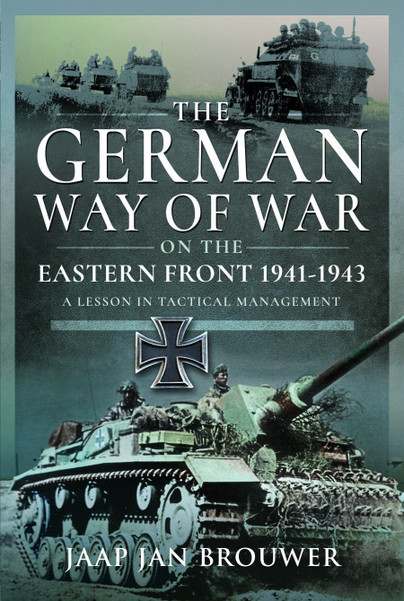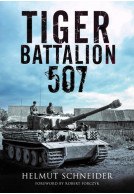The German Way of War on the Eastern Front, 1941-1943 (ePub)
A Lesson in Tactical Management
Imprint: Pen & Sword Military
File Size: 18.7 MB (.epub)
Illustrations: 60 mono illustrations
ISBN: 9781399032964
Published: 30th January 2024
| Other formats available - Buy the Hardback and get the eBook for £1.99! | Price |
|---|---|
| The German Way of War on the Eastern… Hardback Add to Basket | £25.00 |
On 22 June 1941, at 0410hrs, Operation Barbarossa began. More than 3 million German soldiers crossed the border with the Soviet Union and moved east, where 4.7 million Soviet soldiers were waiting for them. Hitler expected his troops would be on the Volga before the end of the year and that important cities such as Moscow and Leningrad would have been captured. But the reality was very different; the Germans made impressive territorial gains, but their offensive eventually came to a halt at Stalingrad in December 1942, which proved to be a turning point in the war.
This titanic battle is illustrated here using eyewitness accounts from generals, soldiers and civilians. Attention is not only paid to the course of the battle, but also to the tactics and organizational dimensions of the armies involved, the challenges of the vastness of the country, the dilemmas for people in the conquered areas, and the way the Germans tried to conquer their hearts while at the same time fighting a fierce guerrilla war. The role of the Reichsbahn in the field of logistics is also examined, as is the importance of the innovation and production capacity of both armies.
www.germanarmy.eu
“This new volume on the Eastern Front looks at it as a whole, using accounts from soldiers, officers, and civilians on both sides.”
WWII History Magazine
About Jaap Jan Brouwer
Jaap Jan Brouwer studied Medicine, Law and History at Groningen University in The Netherlands. He has been a management consultant for more than 30 years and has written books on general management topics, health care, the Dutch industry and on military organisations.
He has a thorough knowledge and expertise on organisations and warfare, particularly the Second World War. His way of looking at military organisations provides a new, intriguing context and introduces new dynamics in the history of warfare, allowing the reader to understand why military organisations acted and reacted as they did. More information on the book can be found at www.auftragstaktik.eu.


















